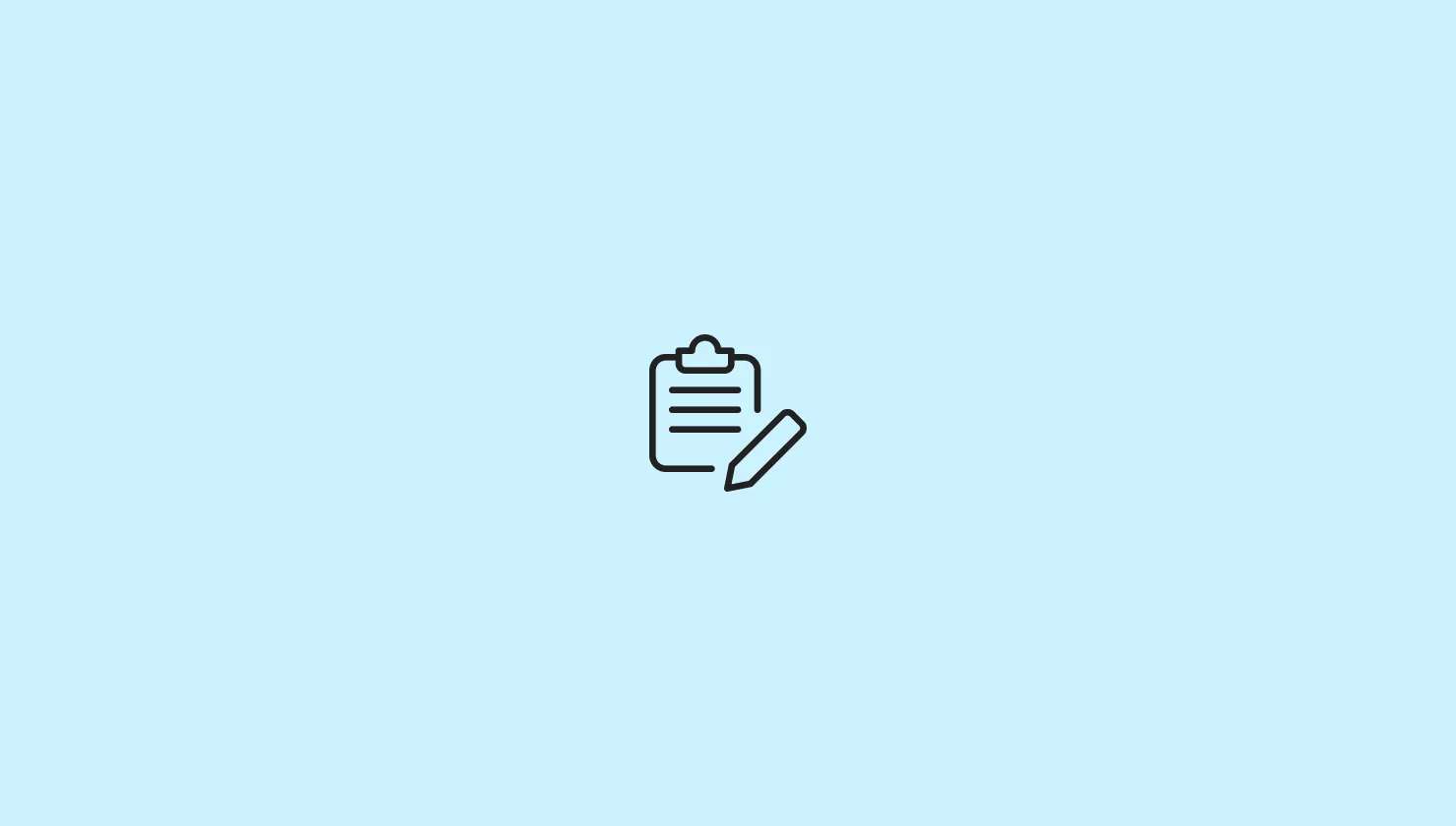With one set of adult teeth to spare, you cannot afford to miss your daily opportunities to brush, floss, rinse and repeat at least once before bedtime. You also should keep your appointment with your dentist at least twice a year as recommended by the American Dental Association. This is to ensure you tackle any …
With one set of adult teeth to spare, you cannot afford to miss your daily opportunities to brush, floss, rinse and repeat at least once before bedtime. You also should keep your appointment with your dentist at least twice a year as recommended by the American Dental Association. This is to ensure you tackle any plaque or tartar in hard-to-reach places that you missed when brushing or flossing.
What is Flossing?
Flossing is a technique used to remove food particles and plaque trapped between the teeth or under the gumline. It is especially useful for people with braces or crowded teeth and can be done using an interdental cleaner such as floss. Thread floss is a traditional type of floss but you can use a floss pick, water flosser, or automatic power flosser depending on your needs. The important thing is to floss and do it right!
However, not everyone knows how to floss. This was pointed out by Mouth Healthy in its article 5 Steps to a Flawless Floss. In fact, flossing can be a bit of a tedious exercise and may tempt you to skip it altogether. This, of course, is not a good idea when it comes to protecting your teeth and gum. Here are 3 tips to make flossing simpler:
- Use the right floss
Choosing the right floss can make a huge difference in your flossing experience. The right floss will reduce the risk of breaking the gum tissue which can lead to bleeding or bacterial infection such as gingivitis or periodontitis. Waxy thread floss is easier to use for front teeth. Pick floss offers more control and precision and easily removes plaque on the gumline of the back teeth. An automatic power flossing device has flexible tips that dislodge tiny particles between the teeth with less effort and in less time.
- Floss the right way
Flossing is a technique, so knowing what to do makes it easier and more effective. When using traditional thread floss you will need a piece that is at least 12-18 inches long. Wrap one end of it around your middle finger and the next end around the other middle finger leaving about 3-4 inches in between to work with. Now hold the floss firmly between your thumbs and forefingers and glide it between the teeth. Move the floss back and forth and upwards to avoid cutting or bruising the gum. Form the floss into a C shape at the gum line before gliding it under the gum. Use a clean portion of the floss for each tooth.
- Be gentle
Most importantly, be gentle. Rigorous cleaning to get food out of areas that are hard to reach does not equate to a cleaner mouth, it just increases the chance of irritating or damaging your gum. This can result in pain or bleeding which can create a negative experience. Aggressive flossing also wears down the teeth enamel. Gentle, gliding strokes back and forth and away from the gumline can enhance your experience. Also, remember to always use thread floss and picks only once to avoid spreading bacteria between the teeth.
Visiting your dentist for routine cleanings
Remember that brushing, flossing, and rinsing are not enough to protect your pearly whites from cavities or gum infections. You can get your teeth professionally examined, cleaned, and polished at Centreville Dentistry, in VA. Our board-certified family dentist, Dr. O’Donnell, can also perform teeth whitening or dental fillings if necessary. Call us today at (703) 818-1553 to book an appointment.

